Techniques for Improving Soil Quality
Healthy soil is important for a successful vegetable garden with disease resistant plants and a fruitful yield. Oftentimes the native soil in your yard is not suitable for growing plants, as it may have poor drainage or subpar composition. It may also contain heavy metals or pesticides. Organic matter is essential because it provides nutrients to plants, enhances soil structure, and binds pollutants.
If you are a beginner, you are probably using garden soil. Garden soil is ideal for in-ground gardening, as it contains many benefits like reducing native soil compaction, and improving soil composition. Despite its benefits, the particle size of garden soil is too dense to be used in containers or raised garden beds. Fortunately, there are ways to help you improve your soil quality. The ideal soil type is sandy loam, which is soil that is loose, well-draining, and rich in organic matter. Most raised beds are filled with a combination of top soil and compost, the general ratio being 30% compost, 60% topsoil, and 10% potting soil. Below are several simple techniques you can utilize to improve the soil quality.
-
Test the Soil Quality

Although many forego soil tests, they are recommended when starting a new garden, or when you notice the quality of plants declining. You can submit your soil for testing at your local nursery or a certified lab, or you can test it yourself. There are some inexpensive kits available online or at your local department store you can purchase. A soil test can give you information such as the soil’s texture, pH, and nutritional content. Based on the results, you can extrapolate what you need to do to amend your soil and correct any deficiencies.
Photo Credit: Vecteezy
- Add Organic Content
Soils with heavy clays contain fine particles that will easily become compacted and waterlogged, which is detrimental to growing vegetables. Soil with over 50% clay content is considered heavy clay. To improve clay soil, add about 5 – 8 inches of organic matter to it. While compost is recommended, grass clippings, and shredded leaves can also suffice. Do not add sand, which causes the particles to sift and coalesce around the sand, forming a texture resembling concrete and exacerbates drainage issues.
The ideal time to add organic material is during fall, which gives them time to break down for spring. Kitchen scraps, garden debris, and coffee grounds can all be added into compost. Even if your soil does not have heavy clay, it can also benefit from a covering of organic matter. Place chopped up organic material into the soil and cover with mulch.
-
Use Worms

Many find traditional composting systems tedious, as they have to be constantly maintained so they do not leak or emit unpleasant odors. They may also attract pests or smell bad despite your efforts. With Vego Garden’s In-Ground Worm Composter, you can start composting right inside your raised garden beds efficiently without worrying about those problems. Designed to be installed inside existing Vego Garden beds, our product eliminates the step of composting food scraps in a bin, and instead allows you to directly place them in your beds. Earthworms are the foundation of good quality soil, helping improve soil aeration and drainage. They are also voracious eaters, consuming up to half their body weight each day and leaving behind worm castings that will enrich the soil. This in-ground worm bin utilizes the digestive power of worms to break down organic waste into nutrient-rich compost for your plants. Unlike above ground systems, it is odorless and simple to use. The holes in the composter allow worms to move freely in and out of the bin to spread worm castings without the hassle of having to harvest them.
- Grow Cover Crops
As the weather warms up, many gardeners are deciding what plants to grow in their garden. When choosing which plants to grow, you should consider growing cover crops. Cover crops are crops that are mainly used to maintain the soil quality for future plantings, protecting it from erosion and compaction during fluctuating weather conditions. They are ideal for raised beds because they help preserve soil quality and can increase the amount of beneficial soil microbes.
Cover crops fall into three categories: broadleaves, grains, and legumes. They can be cultivated in our Herb Garden Beds or Kids Garden Beds. Kale, radishes, and other broad-leaf greens are common winter cover crops, as well as clover, legumes and peas. Legumes are often used to fix the nitrogen content in the soil.
- Mulch the Surface
Many gardeners underestimate the importance of mulch. However, mulch is recommended as it helps regulate soil temperatures, conserves moisture, and suppress weed growth. Organic mulch is ideal for a vegetable garden because it breaks down over time, adding nutrients back into the soil. Mulch can be applied on top of compost or soil. Add a maximum of 2 – 3 inches, as a deeper layer can block moisture and cause root rot.
- Rotate Crops
Crop rotation is the practice of planting a series of crops successively on the same plot of land to avoid soil depletion. It improves soil health by optimizing soil nutrients and deterring pests and disease. As good crop rotation involves planning, it is good to stay organized and plan ahead one or two years what plants you want to plant. As stated, legumes fix nitrogen, so they should be followed with nitrogen heavy crops such as tomatoes and sweet corn. Avoid growing crops from the same family together or year after year.
-
Add Soil Amendments

You can amend the soil if you are not receiving optimal results. Some common soil amendments include perlite, vermiculite, sand, and bark. If your soil is experiencing drainage problems, add perlite, which will increase soil aeration and promote drainage. Vermiculite, a hydrous phyllosilicate mineral often found in potting soil, increases soil aeration as well, but also facilitates water retention. By contrast, sand reduces water retention, which you can add if you want to grow cacti or succulents, which thrive in sandier soils. Organic mulches will also help improve drainage. However, if you add a yearly application of compost, then soil amendments may not be necessary.
-
Adjust Soil PH

The results of a soil test will indicate the pH of your soil. Acid soils have a pH less than 7. Most vegetables grow in the neutral range of 6.5 – 7, although some grow better in slightly acidic soil. If your soil pH needs remedying, a quick way is to add agricultural sulfur to make alkaline soils more acidic, or agricultural ground limestone to make acid soils more alkaline. However, if you want a more long-term solution, consider using organic materials, which are slow-acting but creates more benefits. Naturally acidic materials for adjusting alkaline soil include aged sawdust, woodchips, leaf mold, and coffee grounds. To raise the soil pH, add bonemeal, ground clamshell, ground eggshell, or hardwood ashes.
- Create Permanent Garden Beds and Pathways
It is helpful to establish permanent garden beds and pathways in your garden with raised garden beds. That way, the beds are clearly defined and you will not have to spend time and money tilling the soil, removing debris, and applying costly amendments over a large area each year. Once filled with good quality soil, the garden beds require minimal maintenance. Check out our catalog of raised garden bed products for a clean, modern aesthetic that will brighten any garden.
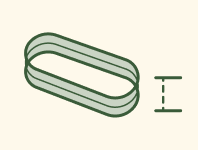
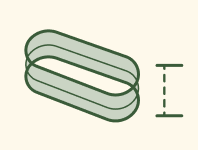
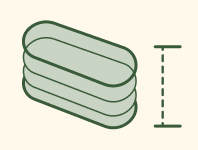
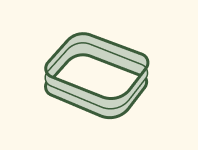
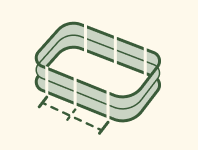
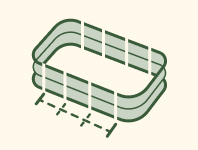
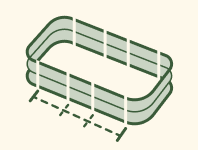
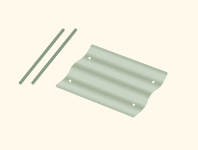




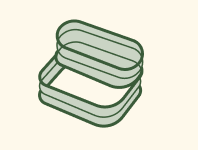


















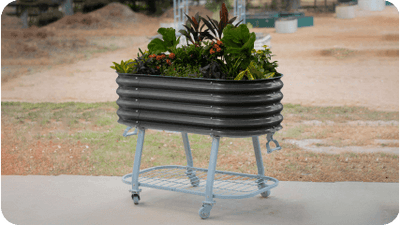









































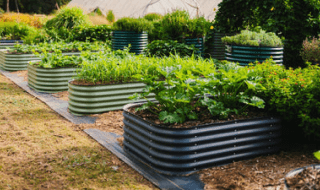
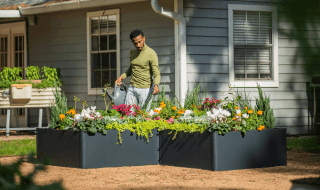
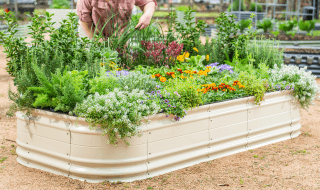
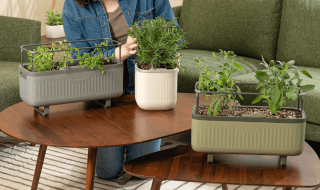
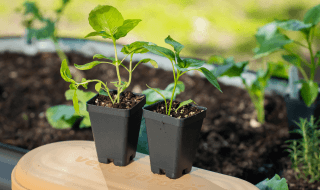
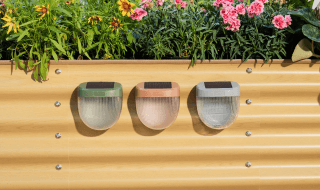
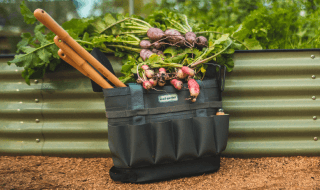
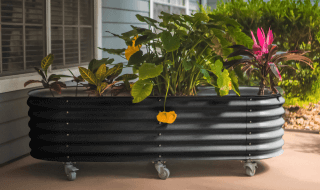







Leave a comment